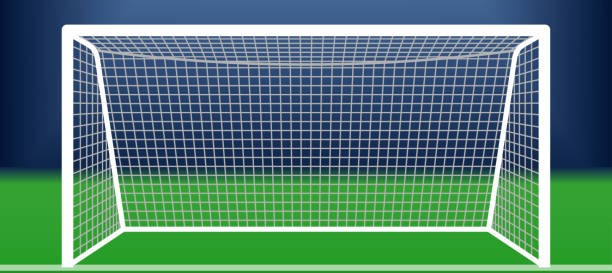













THROUGH PASS.

A through pass in football is a strategic passing technique used to send the ball into space ahead of a teammate, allowing
them to run onto it while evading defenders. This type of pass is crucial for breaking defensive lines and creating goal-scoring
opportunities. Here’s a detailed explanation of the through pass, including its delivery, types, and applications.
Purpose of a Through Pass:
- ▫ CREATING SPACE: The primary goal of a through pass is to exploit gaps in the defense by playing the ball into open space.
- ▫ SETTING UP ATTACKS: It is often used to initiate fast breaks or counterattacks, allowing attackers to advance toward the goal.
- ▫ BYPASSING DEFENDERS: A well-timed through pass can slip past defenders, giving the receiving player a clear path to the ball.
Types of Through Passes:
- ▫ STRAIGHT THROUGH PASS: A direct pass played forward into space for a teammate to run onto, usually aimed at a striker or winger.
- ▫ DIAGONAL THROUGH PASS: A pass played at an angle, often used to exploit defensive weaknesses and find players in space.
- ▫ CHIP THROUGH PASS: A lofted through ball that gently clears defenders while landing in front of the intended teammate, allowing
for easier control.
Delivery of a Through Pass:
- FOOT PLACEMENT:
▫ INSIDE OF THE FOOT: For accuracy, the inside of the foot is commonly used to make a controlled pass, especially for shorter distances.
▫ LACES: For longer distances, striking with the laces generates power, making it crucial to ensure the ball remains on the ground.
- BODY POSITION:
▫ APPROACH: Approach the ball at a slight angle to give a clearer line of sight to the intended target.
▫ NON-KICKING FOOT: Position your non-kicking foot beside the ball to provide stability and guide your kick.
- STRIKING THE BALL:
▫ CONTACT POINT: Aim to strike the ball with the correct part of your foot to achieve the desired height and distance.
▫ FOLLOW-THROUGH: Follow through in the direction of the intended target to maintain accuracy and control.
Reading the Game:
- ▫ ANTICIPATION: Anticipate the movement of teammates and defenders to decide when to deliver the through pass.
- ▫ TIMING: Deliver the pass at the right moment, ensuring your teammate is making the run into the open space.
Benefits of a Through Pass:
- ▫ BREAKING DEFENSIVE LINES: Through passes can effectively break through defensive setups, creating clear scoring opportunities.
- ▫ ENHANCING TEAM PLAY: They promote quick, attacking football and help maintain the tempo of the game.
- ▫ ENCOURAGING MOVEMENT: Encourages teammates to make forward runs, increasing offensive dynamism.
Practice Drills:
- ▫ PARTNER DRILLS: Work with a partner to practice making through passes, focusing on timing and accuracy.
- ▫ CONE DRILLS: Set up cones to represent defenders and practice threading passes through the gaps.
- ▫ SMALL-SIDED GAMES: Engage in small-sided matches where players are encouraged to utilize through passes to enhance real-game
effectiveness.
Summary: The through pass is a vital tool in a football player's skill set, enabling teams to create scoring opportunities and break through
defensive lines. Mastering this technique involves proper delivery, good awareness of the game, and effective communication with teammates.
By practicing through passes regularly, players can improve their ability to contribute to attacking play and increase their overall
effectiveness on the field.




























